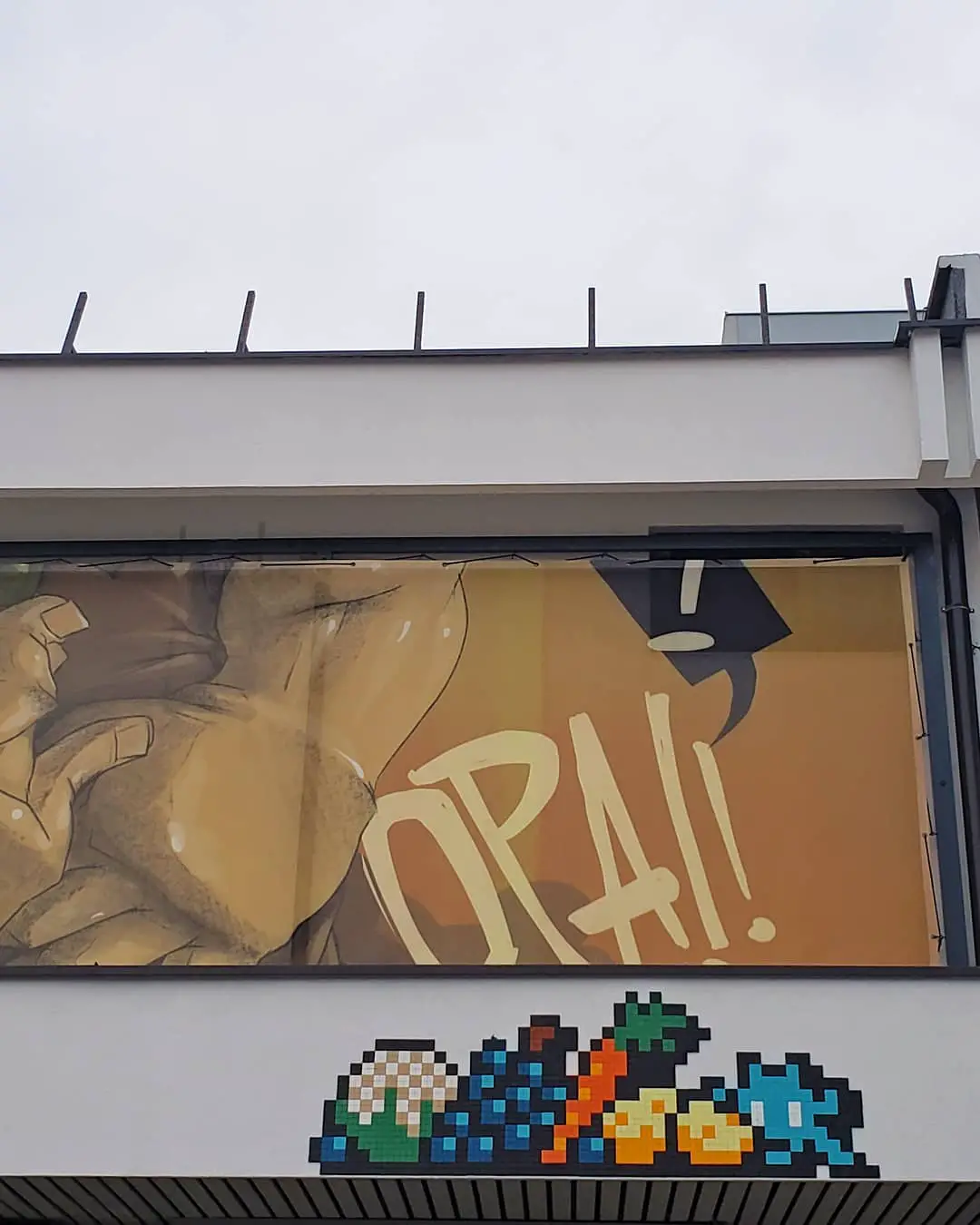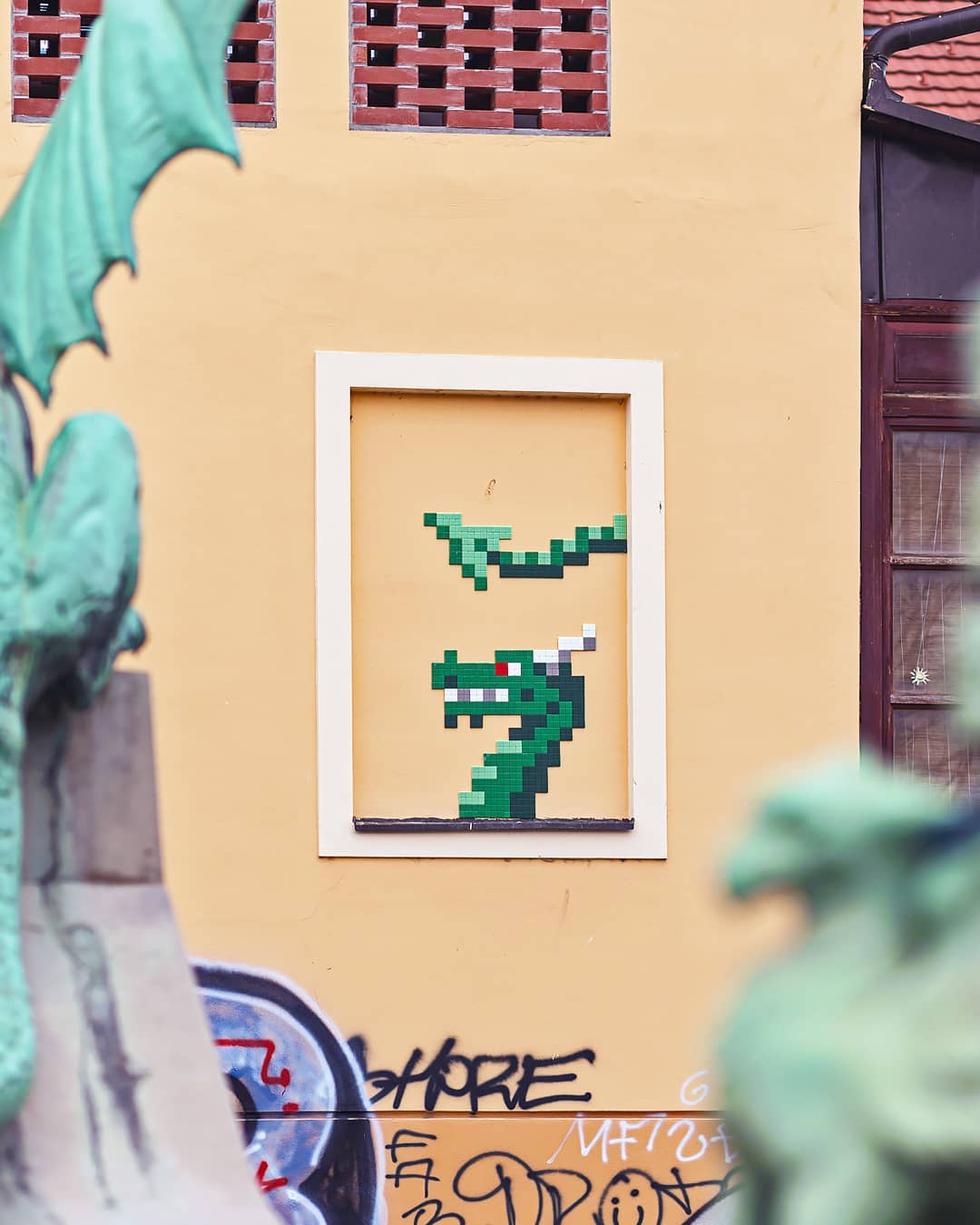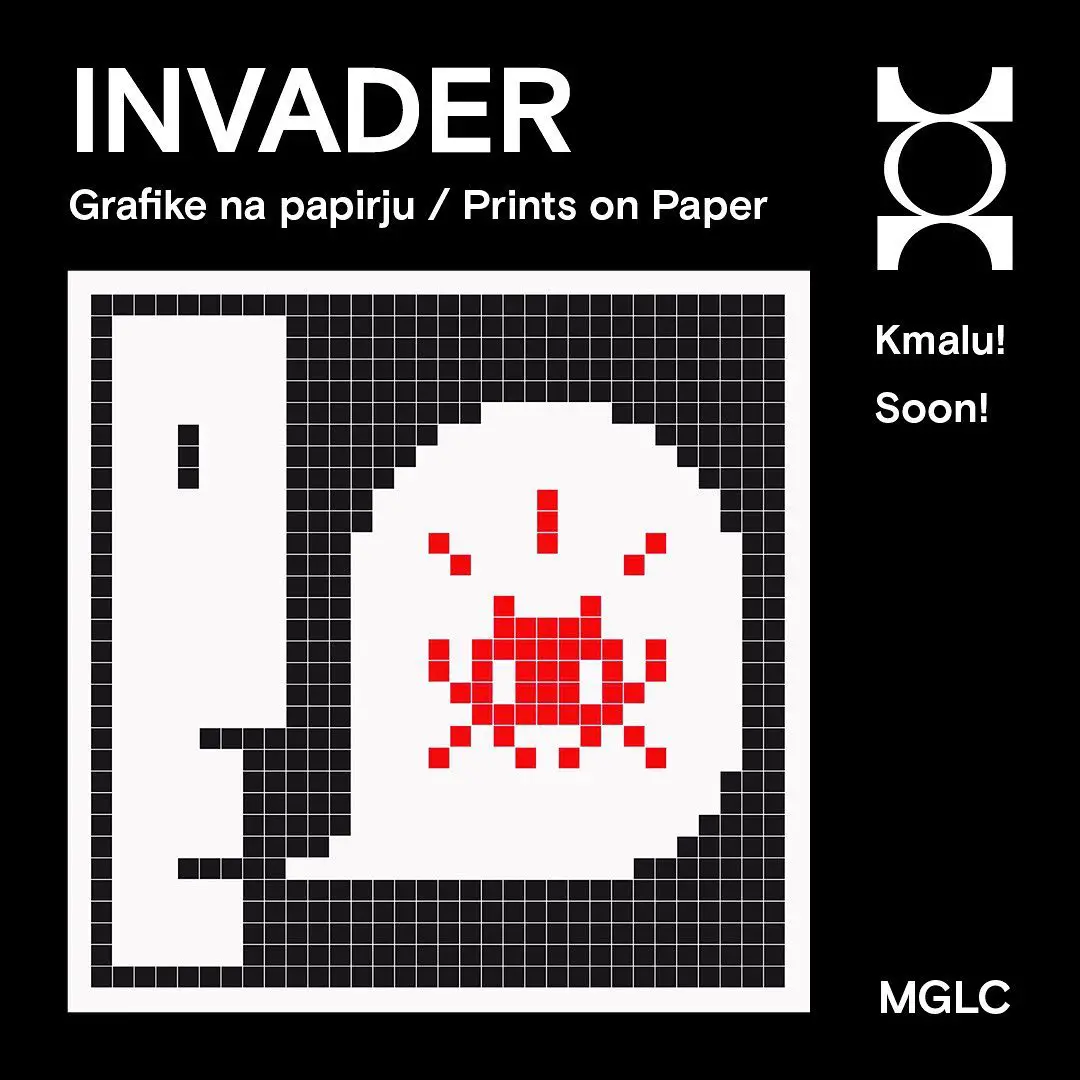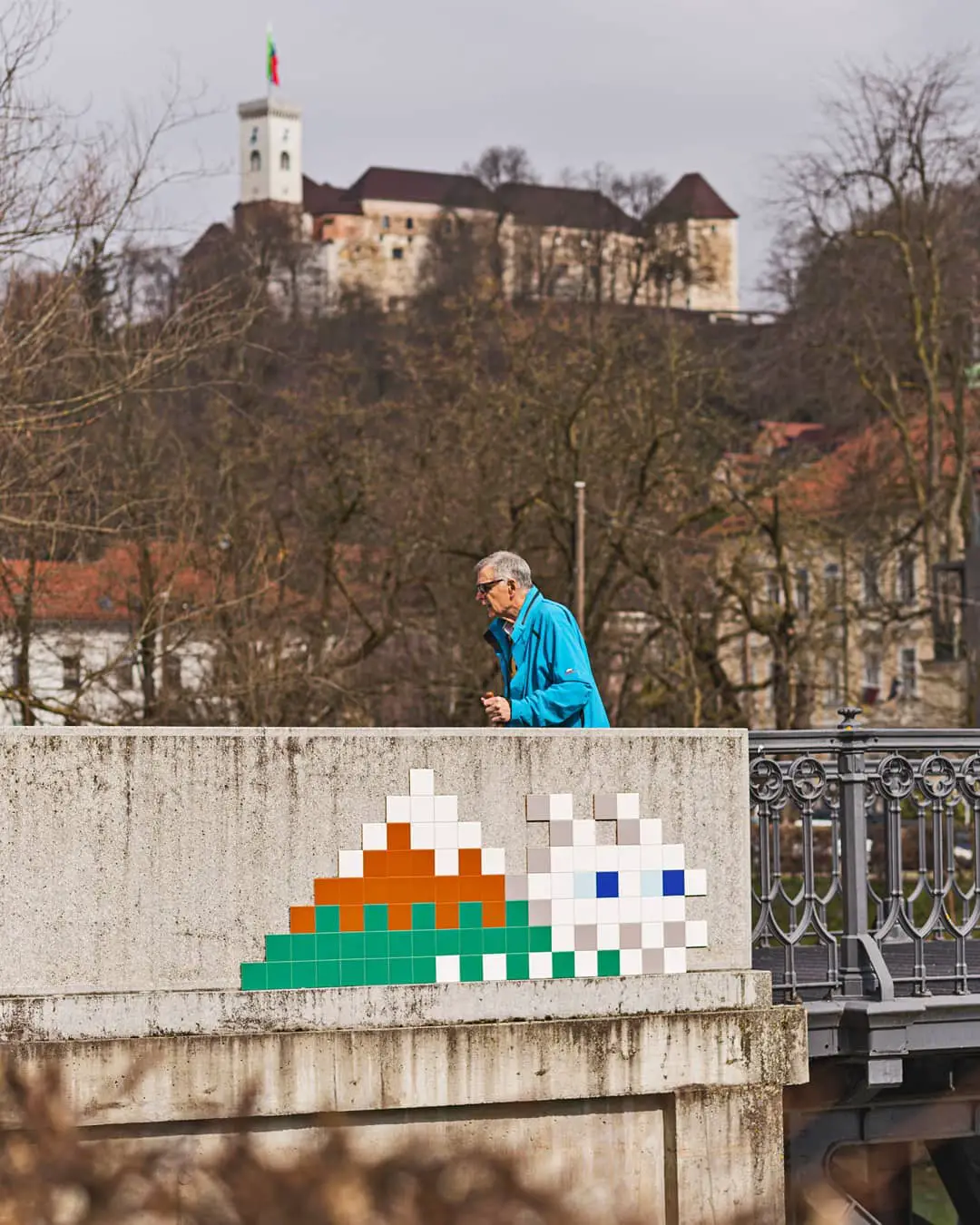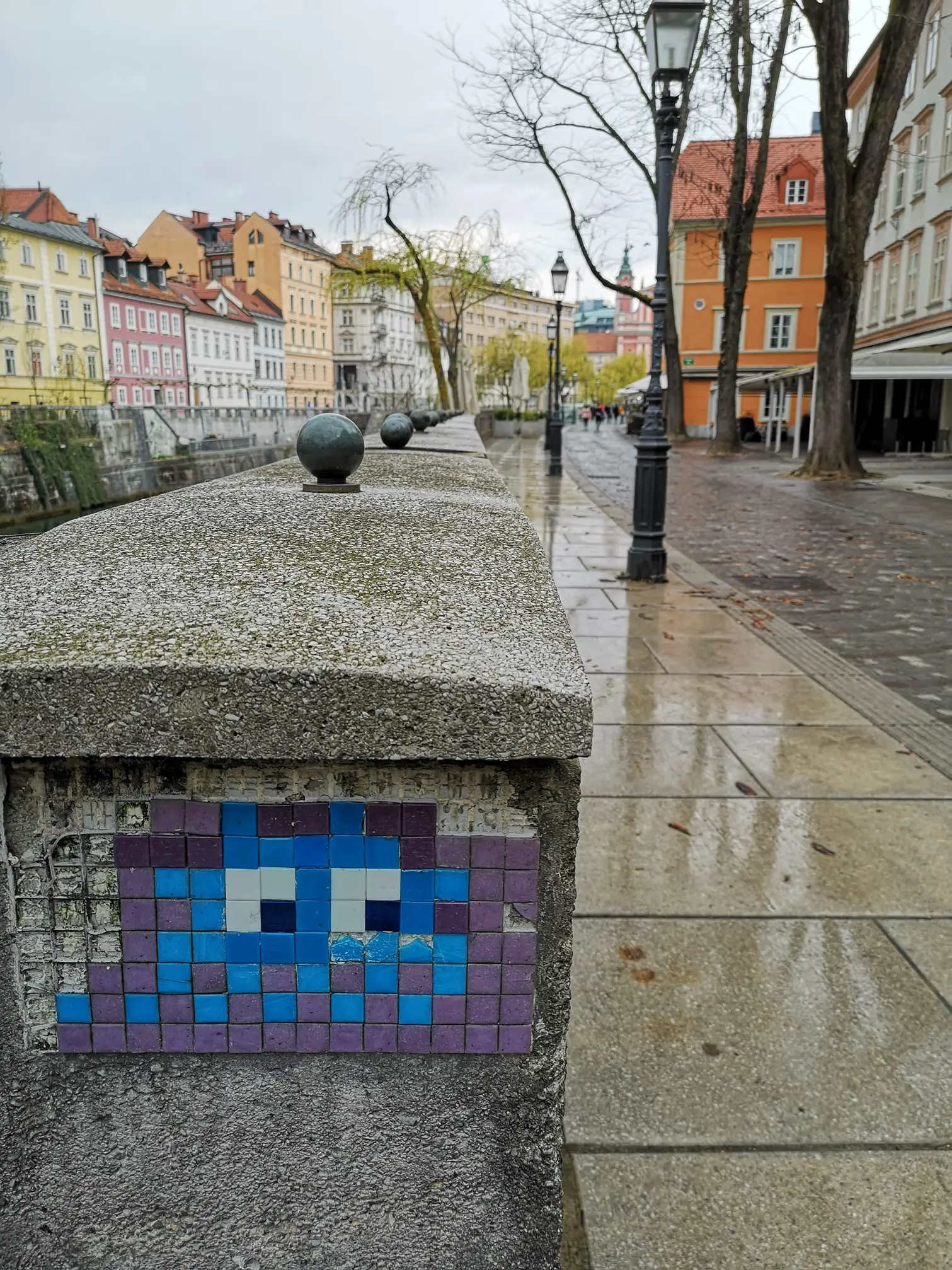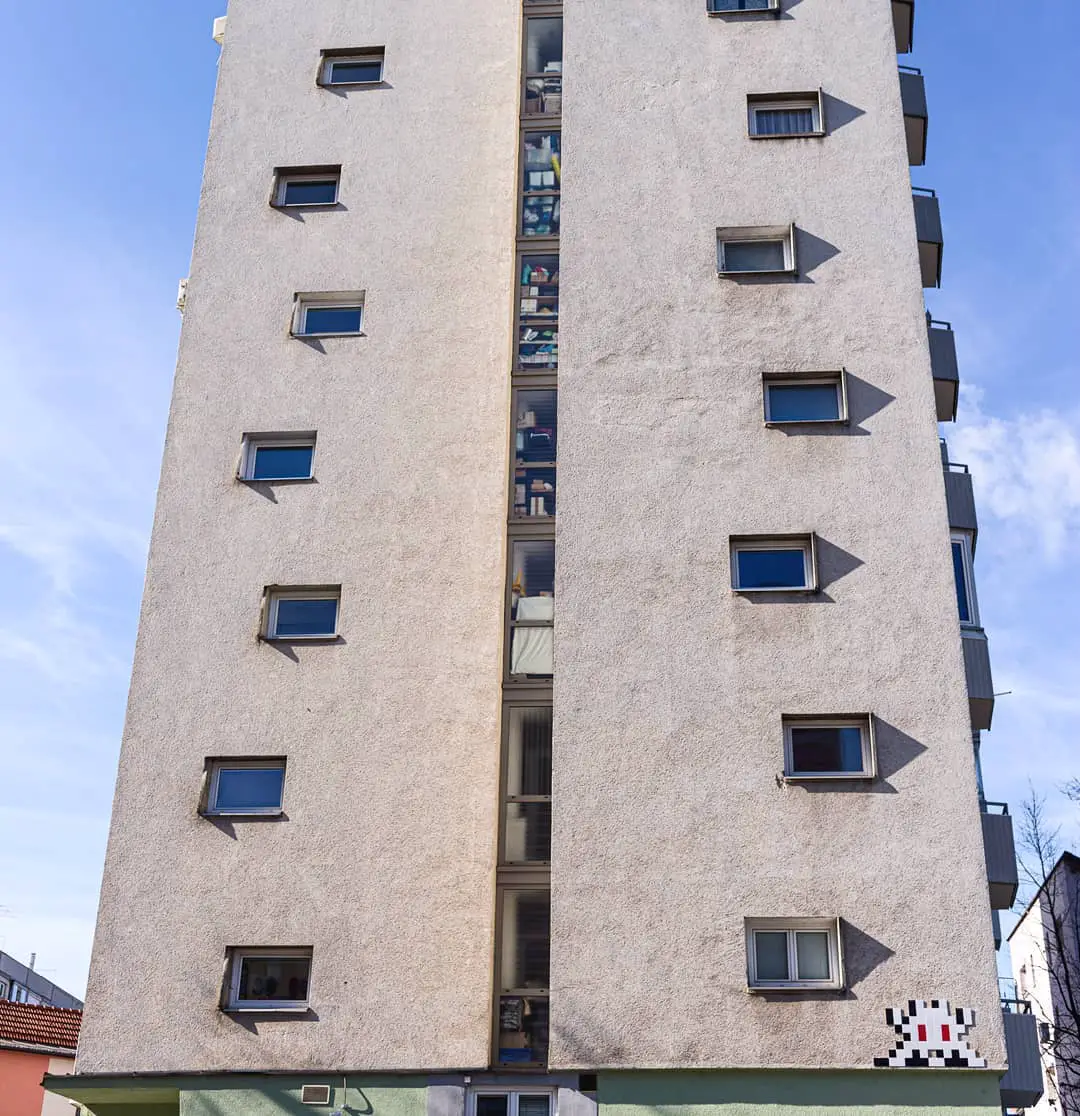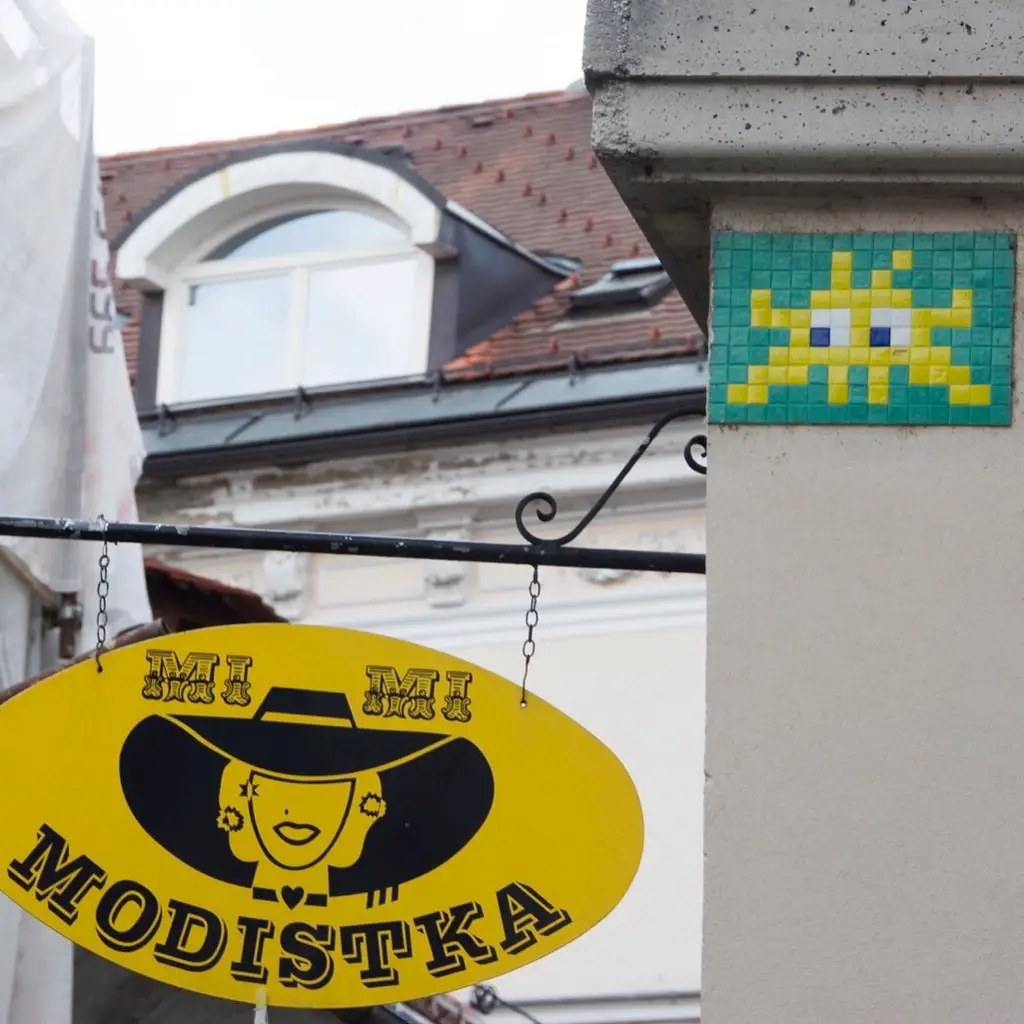If you want to travel outside Slovenia, or know why you feel sick, then you’ll need a COVID test to prove your status, obtain a firm diagnosis or achieve peace of mind
Testing is available for Slovenians, foreign residents and visitors – i.e. everyone who finds themselves in the country, for whatever reason. Rapid antigen tests are available all over the country and at Ljubljana airport (details), at a cost of from €5 to €35. If you want a PCR test then that costs from €93 to €100. Appointments are often, but not always needed, so check your location first. The results for both rapid antigen and PCR tests are sent electronically within 24 hours, while at the airport the results take from four to six hours.
What should you do if you have been exposed to COVID-19 in Slovenia?
If you have the symptoms of COVID or think you may have been exposed, then first call contact 112, where English-language operators are available 24 hours a day to give advice.
You can find details of all the testing sites below, with ZD standing for zdravstveni dom (health centre). Do check the schedules for any changes, and call ahead of time if in any doubt to avoid disappointment
ZD Ajdovščina
Ajdovščina
Vipava
Ankaran website of Ankaran municipality
- location of testing: in the premises of the Municipal Administration in the centre of Ankaran, Regentova 2
- rapid testing schedule
ZD Bled website of ZD Bled
ZD Brežice website of ZD Brežice
ZD Celje website of ZD Celje
ZD Črnomelj website of ZD Črnomelj
- testing location: ZD Črnomelj (entrance from the new parking lot)
- every day from Monday to Friday between 10.00 and 14.00
ZD Domžale website of ZD Domžale
- testing location: Sports park at the skating rink, Domžale
- Monday, Tuesday and Friday between 8.30 and 14.00
- Wednesday and Thursday between 7.30am and 12.45pm
ZD Dravograd website of ZD Dravograd
- testing location: at the location of the covid entry point in front of TD Dravograd
- Monday to Friday between 10.30 and 11.30
- you need to make an appointment by calling 02 87 23 400
ZD Gornja Radgona website of ZD Gornja Radgona
ZD Grosuplje website of ZD Grosuplje
ZD Hrastnik website of ZD Hrastnik
- testing location: ZD Hrastnik
- Monday to Friday between 9.00 and 10.00
ZD Idrija website of ZD Idrija
Idrija
- testing location: Podhod Magazin, Ulica sv. Barbara 4-5
- Monday, Wednesday and Friday, between 12.00 and 16.00
Cerkno
- testing location: on the premises of the Center for School and Extracurricular Activities
- on Thursdays, between 12.00 and 16.00
ZD Ilirska Bistrica website of ZD Ilirska Bistrica
- testing location: health centre, COVID clinic
- rapid testing schedule
- you need to call (between 08.00 and 10.00, or 13.00 and 14.00) or email to book a test, on 041 448 083 or This email address is being protected from spambots. You need JavaScript enabled to view it. .
ZD Ivančna Gorica website Ivančna Gorica
- testing location: in the parking lot in front of the Ivančna Gorica Cultural Center
- Monday between 8.00 and 13.00
- Tuesday and Thursday between 13.00 and 17.00
- Wednesday between 8.00 and 12.00
ZD Izola website of ZD Izola
- testing location: ZD Izola
- every working day from 10.00 onwards
- you have to call for an appointment, on 040 224 016 and between 10.00 and 12.00, for a test the next working day
ZD Jesenice website of ZD Jesenice
- testing location: ZD Jesenice - entrance from the eastern part of the health center, at the back of the parking lot behind the lock (left side of ZD)
- rapid testing schedule
ZD Kamnik website of ZD Kamnik
ZD Kočevje website of ZD Kočevje
ZD Koper website of ZD Koper
- location: in front of the Bonifika Health Center, Ljubljanska 6A, Koper
- Monday, Wednesday and Friday between 13.00 and 16.00
- Tuesday and Thursday between 2.30pm and 4pm
- additionally location: ZD Bonifika, Covid entry point in front of the health centre
- Saturday and Sunday between 9.00 and 17.00
ZD Kranj website of ZD Kranj
Kranj
- testing location: lobby of the municipality of Kranj
- Monday, Tuesday, Wednesday and Friday between 9.00 and 12.00
Cerklje na Gorenjskem website of the municipality of Cerklje na Gorenjskem
- testing location: in the old pharmacy next to the PE Cerklje Post Office (Trg Davorina Jenka 13, 4207 Cerklje)
- every Thursday between 9.00 and 12.00
Naklo website of the municipality of Naklo
Šenčur website of the municipality of Šenčur
ZD Krško website of ZD Krško
- testing location: drive-in in the parking lot for ZD Krško, CKŽ 132c
- Tuesday, Wednesday and Friday between 07:00 and 10:00
ZD Laško website of ZD Laško
ZD Lenart website of ZD Lenart
- testing location: ZD Laško entry point (sometimes KD Laško)
- Monday, Wednesday and Friday between 8.00 and 12.00
- Tuesday and Thursday between 13.00 and 17.00
ZD Lendava website of ZD Lendava
- testing location: at the Centre for Protection and Rescue in Lendava
- on Monday and Friday between 12.30 and 14.30
Dobrovnik - testing location: at the Center for Protection and Rescue in Dobrovnik
- Tuesday between 12.30 and 14.30
Turnišče - testing location: at the Turnišče Medical Station
- Wednesday between 12.30 and 14.30
Črenšovci - testing location: at the Črenšovci Health Station
- Thursday between 12.30 and 14.30
ZD Litija website of ZD Litija
ZD Ljubljana website of ZD Ljubljana
- testing location: Gospodarsko razstavišče, hall A
Larger groups can order a quick test appointment at the e-mail address This email address is being protected from spambots. You need JavaScript enabled to view it. or at the telephone number 041 399 832 (available every working day between 9.00 - 11.00).
Ljubljana, Vilharjev podhod website of the Health Institute
Ljubljana, Kongresni trg
- testing location: Kongresni trg in Ljubljana
- Monday to Friday between 14:00 and 17:00
- Saturday: 09:00 to 12:00
Ljubljana, Community Heath Centre, Metelkova
- you need to pre-order a PCR test at 086 31 619 35, and the cost is €100, with more details here
ZD Ljutomer website of ZD Ljutomer
- testing location: ZD Ljutomer
- every Monday and Thursday between 14.00 and 16.00
ZD Logatec website of ZD Logatec
ZD Maribor website of ZD Maribor
- Monday to Thursday between 7.30 and 19.00
- Friday between 7.30 and 14.30
- Saturday and Sunday between 8.00 and 12.00
- in alphabetical order of surnames:
- morning: 7.30 - 8.30: ABC Č D, 8.30 - 9.30 EFGHI, 10.30 - 11.30: JKLMN, 11.30 - 12.30: OPRS Š, 13.30 - 14.30: TUVZ Ž
- afternoon: 15.00 - 15.30 ABC Č D, 15.30 - 16.00 EFGHI, 16.30 - 17.30 JKLMN, 17.30 - 18.00 OPRS Š, 18.00 - 19.00 TUVZ Ž
ZD Medvode website of ZD Medvode
ZD Metlika website of ZD Metlika
- testing location: in front of ZD Metlika
- every working day between 8.00 and 9.00
ZD Murska Sobota website of ZD Murska Sobota
- test location: Grajska 24 (blue container marked 1 at the DMD building)
- Monday to Friday between 7.30 and 18.30
- Saturdays, Sundays and public holidays between 10.00 and 12.00 and between 14.00 and 16.00 (location: blue container marked 2 at the DMD building)
ZD Nova Gorica website of ZD Nova Gorica
for residents of the municipalities of Nova Gorica, Brda, Kanal ob Soči, Miren-Kostanjevica, Renče-Vogrsko and Šempeter-Vrtojba
- testing location: parking lot at the court along Kidričeva ulica in Nova Gorica (opposite Perle)
- rapid testing schedule
ZD Novo mesto website of ZD Novo mesto
New town
- testing location: lobby of the Janez Trdina Cultural Center in Novo mesto
- testing schedule: ZD NM website
Šentjernej
- testing location: in the lobby of the Primož Trubar Cultural Center in Šentjernej
- testing schedule: ZD NM website
ZD Ormož website of ZD Ormož
Ormož
- testing location: the premises of the old X-ray department of ZD Ormož
- Wednesday between 15.00 and 19.00
- Tuesday and Thursday between 9.00 and 13.00
Sveti Tomaž
- testing location: the premises of the old dispensary next to the municipal building
- Monday between 9.00 and 13.00
Središče ob Dravi
- testing location: municipal building premises
- Friday between 9.00 and 13.00
ZD Piran website of ZD Piran
ZD Postojna website of ZD Postojna
ZD Ptuj website of ZD Ptuj
- testing location: parking lot - container 2 next to ZD Ptuj
- Monday between 9.00 and 18.00
- Tuesday between 12.00 and 18.00
- Wednesday, Thursday and Friday between 9.00 and 18.00
- Saturday, Sunday and public holidays between 09:00 and 11:00
Kidricevo
- testing location: Kidričevo clinic, Mladinska ulica 9, Kidričevo
- Tuesday between 9.00 and 11.00
ZD Radeče website of ZD Radeče
ZD Radlje ob Dravi website of ZD Radlje ob Dravi
ZD Radovljica website of ZD Radovljica
ZD Ravne na Koroškem website of ZD Ravne
- location: ZD Ravne na Koroškem
- Monday to Friday between 11:00 and 13:00
ZD Sevnica website of ZD Sevnica
Sevnica
- testing location: COVID tent Sevnica
- from Monday to Friday between 11.00 and 15.00, and longer if needed
Mirna Valley - Krmelj
- location of testing: location Mirnska dolina - Krmelj - Dom svobode Krmelj
- Wednesday between 15.00 and 17.00, and longer if needed
- Friday between 10.00 and 12.00, and longer if needed
ZD Sežana website of ZD Sežana
ZD Slovenj Gradec website of ZD Slovenj Gradec
Slovenj Gradec
- testing location: MKC Slovenj Gradec
- every working day between 7.00 and 9.30
- Tuesday and Thursday between 16.00 and 19.00
Mislinja
- testing location: Centre Lopan
- Monday between 8.00 and 9.00
Kope
- WEEKEND ONLY between 7.30 and 11.00
ZD Slovenska Bistrica website of ZD Slovenska Bistrica
- testing location: in the tent in front of ZD Slovenska Bistrica
- Monday to Friday, 14:00 to 16:00
- Saturday, Sunday and public holidays between 07:00 and 09:00
ZD Slovenske Konjice website of ZD Slovenske Konjice
- testing location: at the garages of the Medical Centre
- from Tuesday to Friday, between 12.30 and 14.00
ZD Šentjur website of ZD Šentjur
Šentjur for people in Šentjur and Dobje
ZD Šmarje pri Jelšah website of ZD Šmarje pri Jelšah
ZP Šmarje pri Jelšah
- testing location: ZP Šmarje pri Jelšah
- Monday, Wednesday, Thursday, Friday between 12.00 and 14.00
- Tuesday between 15.00 and 17.00
ZP Rogaška Slatina
- testing location: ZP Rogaška Slatina
- Monday between 12.00 and 14.00
- Tuesday, Wednesday, Friday between 7.30 and 10.00
- Thursday between 14.00 and 17.00
ZD Škofja Loka website of ZD Škofja Loka
- location: in the Tourist Information Center (TIC) - old Petrol
- Monday, Wednesday and Friday between 13.00 and 17.00
ZD Trebnje website of ZD Trebnje
- location: Trebnje Health Center
- every working day by prior arrangement
- pre-order the test by calling 040 672 254 between 6.45 and 14.00.
ZD Tolmin website of ZD Tolmin
ZD Trbovlje website of ZD Trbovlje
- testing location: Delavski dom Trbovlje
- from Tuesday to Friday between 14.00 and 16.00
- Pre-ordering is required by phone: 03 62 08 245 (between 10:30 and 12:30)
ZD Tržič website of ZD Tržič
ZD Velenje website of ZD Velenje
- testing location: Red Hall Velenje
- on weekdays between 7.00 and 14.00
ZD Vrhnika website of ZD Vrhnika
ZD Zagorje ob Savi website of ZD Zagorje ob Savi
- location: in a container in the parking lot for ZD Zagorje ob Savi
- Monday between 12.00 and 14.00
- Wednesday between 9.00 and 11.00
- Friday between 8.00 and 9.00
- additional information on the website
ZD Žalec website of ZD Žalec
ZP Vransko
ZP Železniki website of the contractor in the municipality of Železniki
- testing location: container in front of the Železniki health centre
- Monday, Wednesday and Friday between 7.00 and 9.00
- Monday to Friday between 12.30 and 13.00
- Saturday between 7.30 and 10.00



